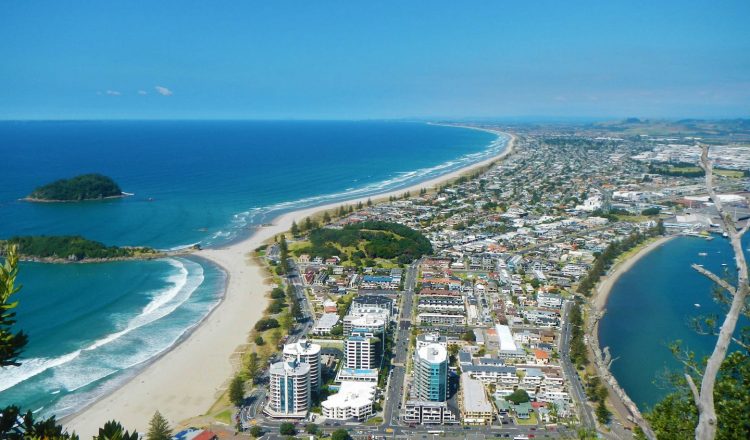最新数据显示,陶朗加的人口正在增长,而包括罗托鲁瓦在内的许多其他城市正在经历人口流失。
新西兰统计局发布的数据显示,陶朗加是新西兰所有城市中心人口增长率最高的城市。
Te Ngira(人口研究所)高级研究员谢法利·帕瓦尔说,这反映了全国乡村人口下降的趋势,这是由于学生和工作年龄的人搬到较大的城市中心寻求教育和就业机会引起的。
她告诉《丰盛湾时报》:“当一个地区失去年轻人口时,它也会失去生育潜力,反过来说是减缓了人口增长速度,加速了结构性老龄化的形成。”
“这可能就是罗托鲁瓦和华卡塔内正在发生的事情。”
截至2018年6月,陶朗加的人口估计为142,500人。到2022年,这一数字增加到158,300人。帕瓦尔说,这种增长的41%是15至39岁的年轻人。
截至6月30日,罗托鲁瓦在2018年的人口估计为74,800人。这一数字在2020年增加到77,100人,然后在2021年降至76,900人,并在2022年进一步下降到76,800人。
陶朗加市议会专员斯蒂芬·塞尔伍德说,最新数据表明,奥克兰等地区的人口增长正在放缓,人们正在寻找 “更好的生活方式”。
他还说,目前的预测表明,到2048年,陶朗加的人口可能超过20万人,这意味着需要增加大约28,000套住房。
西湾市长詹姆斯·丹尼尔说,该地区“气候良好,环境优美多样,就业机会良好,离其他主要中心较近”。




























































